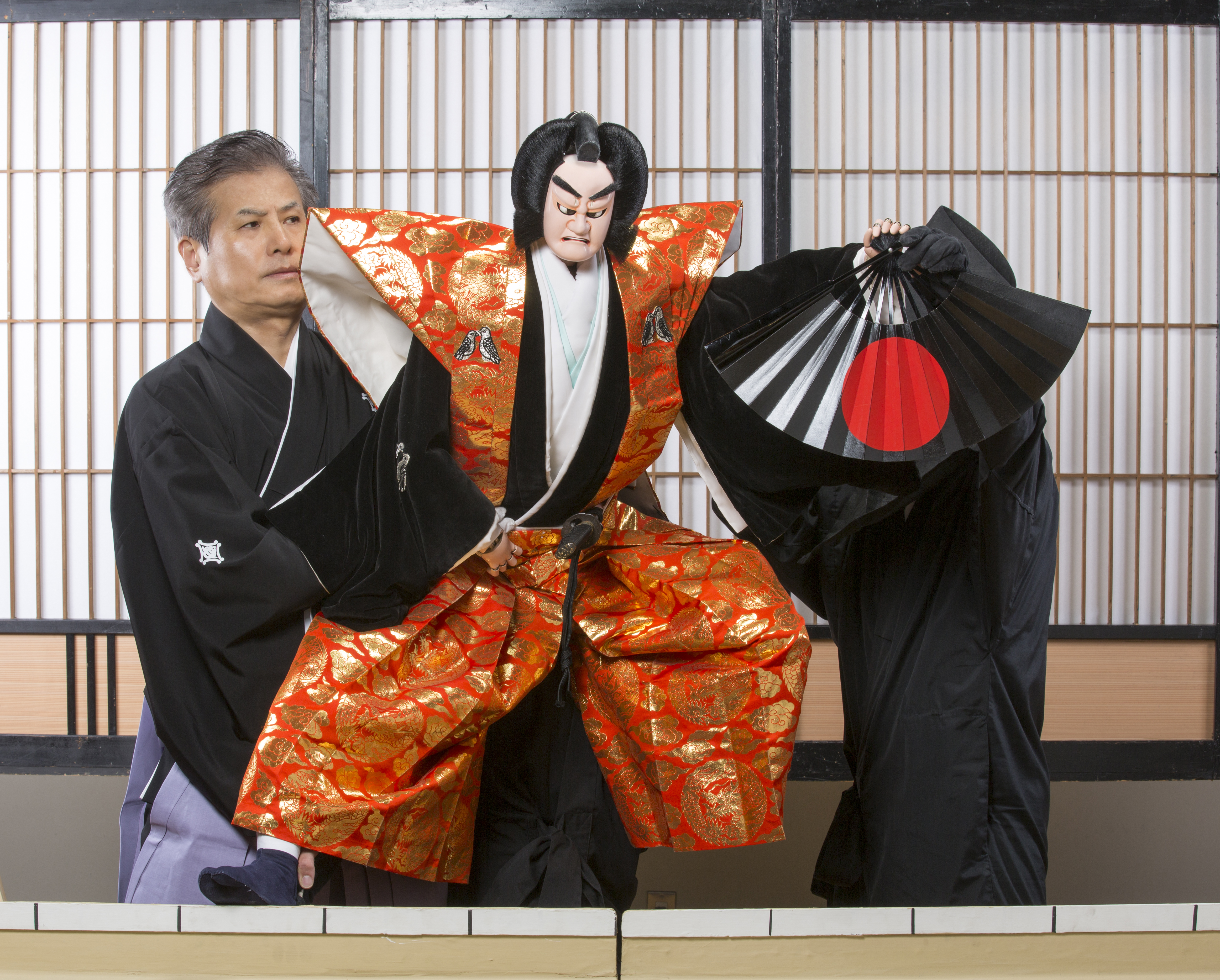Traditional Japanese puppetry, known as bunraku, has its roots in 17th-century Osaka, but in the following century a variant emerged in which, rather than a puppet being handled by just one person, three performers working together operated each puppet in a play's cast.
In this all-male form of the performance art, the leader (omozukai) wears up to 30-cm.-high platform-style wooden geta sandals as he holds the puppet and operates its head and the right arm while also directing the hidarizukai and ashizukai, who operate the left arm and legs, respectively.
In the postwar era, the undoubted star of this extraordinary and marvelous art form has been the late national living treasure Tamao Yoshida — and now his longtime former pupil, Tamame Yoshida, will debut as Tamao Yoshida II with performances in Osaka in April and Tokyo in May.

















With your current subscription plan you can comment on stories. However, before writing your first comment, please create a display name in the Profile section of your subscriber account page.